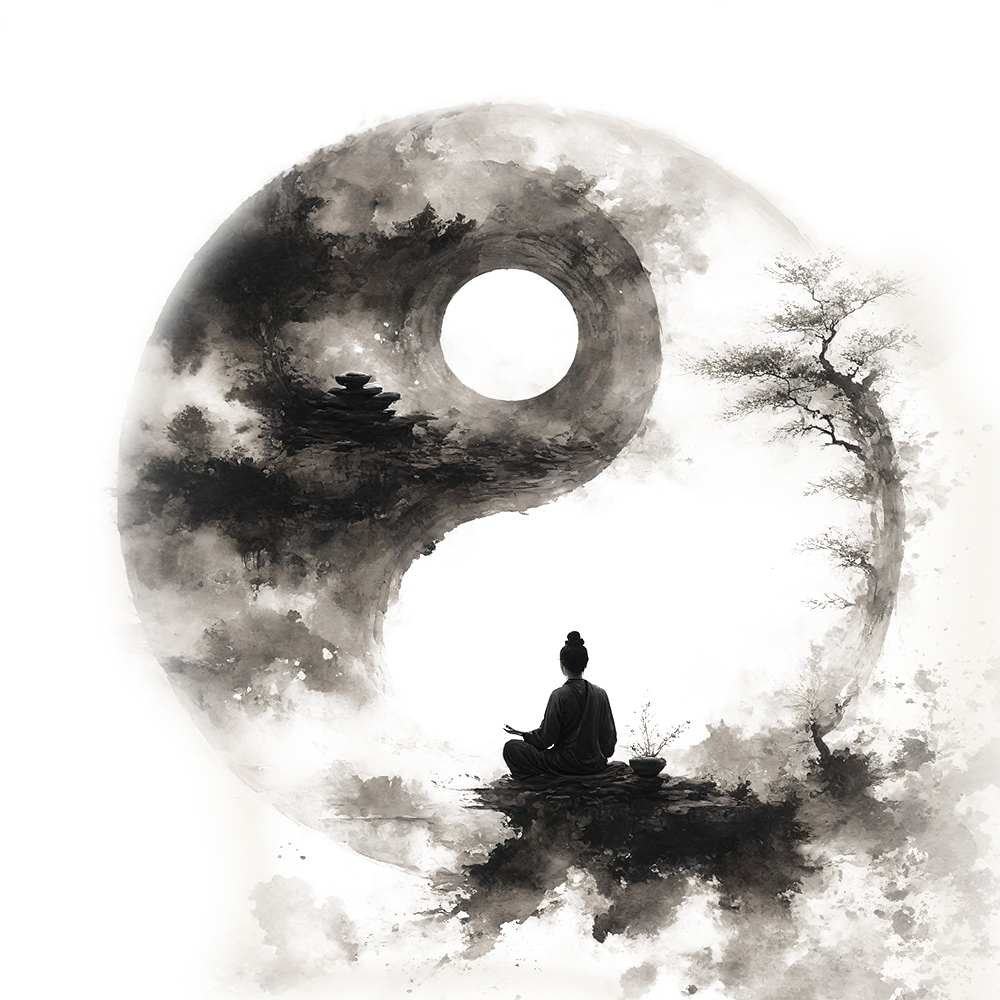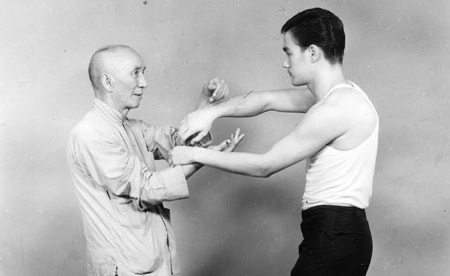I. Introduction
Wing Chun is a modern and popular Chinese martial art. In the 1940s, Ip Man moved from Mainland China to Hong Kong. He was the first master to teach Wing Chun as a distinct school. In 1968, he founded the Wing Chun Fraternal Association, which was later renamed the Wing Chun Athletic Association.
Since the 1970s, Ip Man’s direct disciple, Grandmaster Leung Ting, took the lead in spreading Wing Chun to Germany and then used Hong Kong as a base to promote it throughout the world.
II. Characteristics
1. Practical Theory – Oriented
Wing Chun is mainly based on practical combat theories. It starts from the study and improvement of body structure, joint movement, and fluid mechanics, breaking away from the traditional metaphysical, unscientific, or quasi – philosophical explanations such as the Five Elements, Eight Trigrams, and symbolic meanings.
2. Well – Designed Training System
The predecessors designed a training system that progresses from simple to complex. It starts with the static Qigong of “Siu Nim Tao” (the first form) and the hand – stretching exercises of “Yat Cham Saam Fuk” (one stretch and three compressions), and continues until the practitioner can achieve overall body movement through mental intention.
3. Multiple Applications
- Combat: Wing Chun can be used for both offense and defense in actual combat.
- Training Interest: During the “Chi Sau” (sticky hands) training stage, since it focuses on natural reactions rather than rigidly repeating set moves, it can cultivate the practitioners’ interest.
- Fitness and Competition: Therefore, Wing Chun can be applied in arena competitions, and its training can also serve as a long – term fitness exercise. The regular martial arts training of disciplined forces such as the Hong Kong Police College and the Independent Commission Against Corruption (ICAC) Training Camp mainly focuses on self – defense techniques and also incorporates elements of Wing Chun. In addition, some airlines add Wing Chun techniques when training air stewardesses in security content.
III. Legends
In the early development of Chinese martial arts, most of them lacked written records and were mainly passed down orally from master to apprentice. There were shortages due to the limited knowledge of individuals. Also, due to the regime changes from the late Qing Dynasty to the present, relevant figures had to use aliases. Moreover, the chapter – by – chapter novels about the anti – Qing Tiandihui promoting Shaolin stories added a touch of mystery. After many years, there must be some differences between today’s legends and the facts of that time.
Version 1: According to Ip Man
During the Kangxi reign of the Qing Dynasty, a Guangdong man named Yan Er was falsely accused of a crime and fled to the foot of Daliang Mountain in Sichuan with his daughter, Yan Yongchun. When Yongchun was 15 years old, a local tyrant lusted after her and came to force her into marriage. Wu Mei, a Buddhist nun from the White Crane Temple on Daliang Mountain who was originally a Shaolin nun from Songshan in Henan, took Yongchun back to the mountain and taught her martial arts. After mastering the skills, Yongchun returned home and defeated the local bully. After getting married, Yongchun passed on her martial arts to her husband, Leung Pok – chow. Then Leung Pok – chow passed them on to Leung Kwai – lan, and Leung Kwai – lan passed them on to Wong Wah – bo. Wong Wah – bo was a Cantonese opera actor who lived on the “Red Boat”. He was in the same group as Leung Yee – tai, who had learned the Six – and – a – Half – Point Pole from another Shaolin monk, Zen Master Tit Shun. The two exchanged martial arts skills, learned from each other, and integrated their techniques. Later, Leung Yee – tai passed the techniques on to Leung Jan, a famous doctor in Foshan.
Version 2: According to Ip Man’s Eldest Son, Ip Chun
Based on the statements and research of Peng Nam from Foshan Yongchun Kung Fu, Ip Chun proposed a different version. During the Yongzheng reign of the Qing Dynasty, a Hubei artist named Zhang Wu was good at “Tam Sau” (a Cantonese opera hand – movement technique) and was known as “Tam Sau Wu”. He fled from Beijing to Foshan due to certain reasons and organized the Red Flower Club, teaching opera and martial arts. His boxing techniques already had the rudiments of Wing Chun. After nearly a hundred years of inheritance and development, through the efforts of Yan Yongchun, Leung Pok – chow, Wong Wah – bo, Leung Yee – tai, and others, Wing Chun became a complete and mature martial art, and it was Leung Jan who promoted it.
IV. History
In 1948, Mr. Chen Jing, using the pen name “I Am a Mountain Man”, rewrote and published “Mr. Chan of Foshan” in Foshan based on the combat feats of Leung Jan. In 1949, Chen Jing came to Hong Kong. In the 1950s – 1960s, he wrote martial arts novels for the “Kam Pao” newspaper, including rewriting “Mr. Chan of Foshan”.

